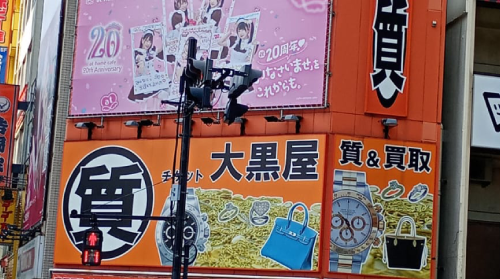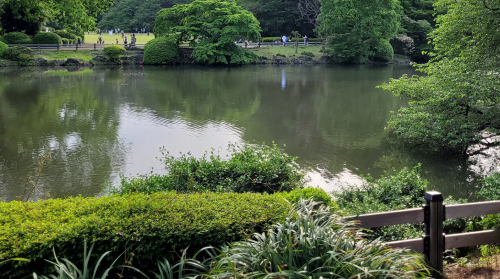Bem-vindo ao TsukiGakkou, seu blog e ferramenta para aprender japonês.
Making Requests: ください, をちょうだい and をくれ
In Japanese, making requests can be nuanced with various expressions depending on the level of politeness and context. Three common expressions are を下さい(ください), をちょうだい, and をくれ. Each has its own usage and connotation, making it important to understand their differences to communicate effectively. ください (Kudasai) を下さい(ください) is a polite way to request something. It is […]
Leia mais [...]い Adjectives
In Japanese, adjectives play a crucial role in describing nouns, much like in English. One of the two main types of adjectives in Japanese is the い adjectives (ikeiyoushi). These adjectives end with the syllable “い” (i) in their dictionary form and are essential for anyone aiming to become proficient in the language. What are […]
Leia mais [...]Sentence Structures: んです, ので, and のです
The Japanese language has several nuances that can be challenging for learners, especially when it comes to grammar and sentence structures. Among these are the constructs んです, ので, and のです, which often confuse students. Let’s delve into their meanings and uses with examples. んです (ndesu) んです, a contraction of のです, is a common phrase used […]
Leia mais [...]Indicate Approximations: ぐらい and ごろ
When learning Japanese, two common expressions you’ll come across are ぐらい (gurai) and ごろ (goro). Both are used to indicate approximations, but they are used in slightly different contexts. Let’s explore their meanings and how to use them with some examples. ぐらい (gurai) ぐらい (gurai) is used to express an approximate amount, quantity, or degree. […]
Leia mais [...]Seeking Confirmation, Empathy, and Agreement: ね
The Japanese particle ‘ね’ is a versatile and frequently used word that plays a crucial role in everyday conversation. Though it may seem simple, mastering its usage can significantly enhance your communication skills in Japanese. In this blog post, we will explore the various functions of ‘ね’ and provide examples to illustrate its use. Seeking […]
Leia mais [...]“Also” or “Too”: も
The Japanese particle も is a versatile and commonly used particle that often translates to “also” or “too.” It is used to indicate that the subject or object of a sentence shares a characteristic with a previously mentioned subject or object. In this blog post, we will explore the different uses of も and provide […]
Leia mais [...]Demonstrative Pronouns: これ, それ and あれ
For students just starting to learn Japanese, the demonstrative pronouns “kore,” “sore,” and “are” are very important. These words are used to indicate objects, people, and places. Understanding how to use each one correctly is essential for smooth communication in Japanese. Kore “Kore” refers to something that is close to the speaker. For example, when […]
Leia mais [...]After and Before an Action: てから and まえに
In our daily lives, it’s common to say that we will perform one action and then another or vice versa. In this article, we will learn about “Te kara” and “Mae ni.” These are used to indicate that we will perform one action after another (Te + kara); or perform one action before another (Mae […]
Leia mais [...]Family Members
Before learning how to say each family member in Japanese, we need to understand that, unlike in Portuguese, the words vary depending on whether we are talking about our own family or someone else’s. But why is that? In the Japanese language, respect is an extremely important concept. Therefore, if we are referring to someone […]
Leia mais [...]Informal Negative Past Tense of Verbs
When speaking with friends and family, we can dispense with formalities and use the colloquial form. The informal negative past tense of verbs is not as straightforward as the polite negative past tense, where we simply change “masu” to “masendeshita”. Each verb group has its own rules, which we will address in this article. Conjugation […]
Leia mais [...]








